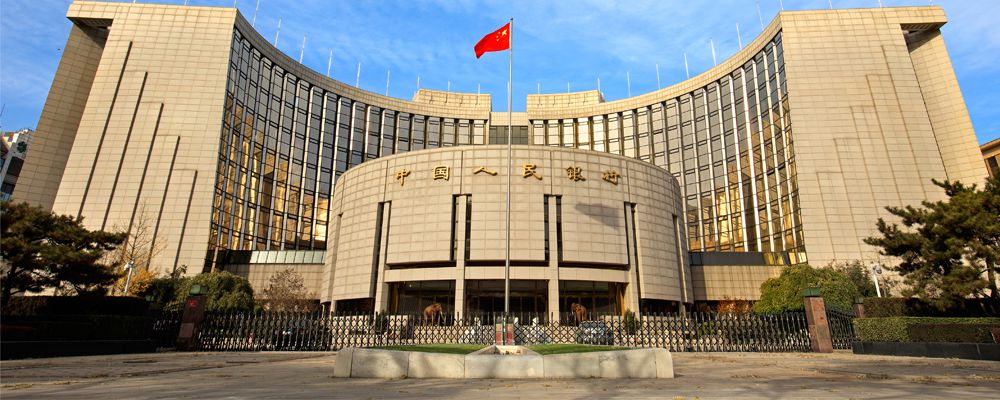The Chinese economy has stabilised and showing signs of an upturn
- Monday, May 22, 2017
 In January, the coming together of an inevitable slowing China and the weakness in oil and commodity prices suggested a recession that spilled out into the rest of the world. However, since the resulting heavy falls in Chinese equity values in January, there has been a steady recovery in the Chinese economy that has stabilised and is showing signs of an upturn.
In January, the coming together of an inevitable slowing China and the weakness in oil and commodity prices suggested a recession that spilled out into the rest of the world. However, since the resulting heavy falls in Chinese equity values in January, there has been a steady recovery in the Chinese economy that has stabilised and is showing signs of an upturn.
In April, China reported that official GDP growth for Q1 2016 was 6.7% year on year, slightly lower than the 6.8% for the previous quarter. These days hardly anyone believes the official Chinese growth figures and for good reason as they are manipulated to satisfy growth targets. Analysts expect the real growth in China to be more in line with 4-5% rather than 6.7%. Many independent observers think that the Chinese economy underwent a sharp slowdown in 2015 but has since largely stabilised. The tentative signs of growth should not be unexpected given the monetary and fiscal stimulus being applied by Beijing.
Soon after the January stock market falls, Beijing invested nearly US$1.15 trillion in new credit into the Chinese economy. This is equivalent to 46% of the total GDP of Q1 and is a massive increase in extra credit and a boost to liquidity. This level of credit resorts to the old model of debt fuelled growth rather than a concerted move to a service and consumption economy. China’s debt to GDP is now 270% well above the debt burdens of most developing economies.
The Chinese economy is growing again particularly in housing, construction and infrastructure. There is however concerns about the sustainability of spending boosts as they are financed by increases in credit from already highly indebted state owned banks. Without doubt, China’s continued reliance on credit growth and state backed infrastructure investment is adding to longer term risks. Nonetheless, China is growing and this growth is supporting price improvements in emerging economies and commodities.
The indicators for Q2 show a stronger than expected rise. This suggests that the recent fiscal stimulus and looser monetary policy are starting to be reflected in economic activity. A rebound in property and construction investment has been reflected in increased industrial production. The Q1 growth figures were down on the preceding quarter but there was evidence of growth in industrial production up 6.8% and retail sales up 10.5%.
The Chinese authorities now track the renminbi to a trade weighted basket of currencies. US$ weaknesses have recently helped the renminbi stabilise and has relieved some of the currency pressures seen in August 2015 and January 2016.
China is going through a decade or more of transition. The 13th five year plan abolished the one child policy, invested in health care and pensions encouraging a shift to consumerism. Ongoing urbanisation and the continued rise in the country’s service sector will provide the next phase of growth.
China is now the world’s biggest car market. China’s e-commerce companies have seen significant jumps in revenue. The demand for smart phones is beginning to slow as has the luxury goods market. However the march to consumerism is set to increase and is a trend worth profiting from.
China is growing and this growth is supporting price improvements in emerging economies and commodities.

Chris Davies
Chartered Financial AdviserChris is a Chartered Independent Financial Adviser and leads the investment team.
About Estate Capital
Financial Services
Our Contacts
7 Uplands Crescent,
Swansea, South Wales,
SA2 0PA.
Tel: 01792 477763
